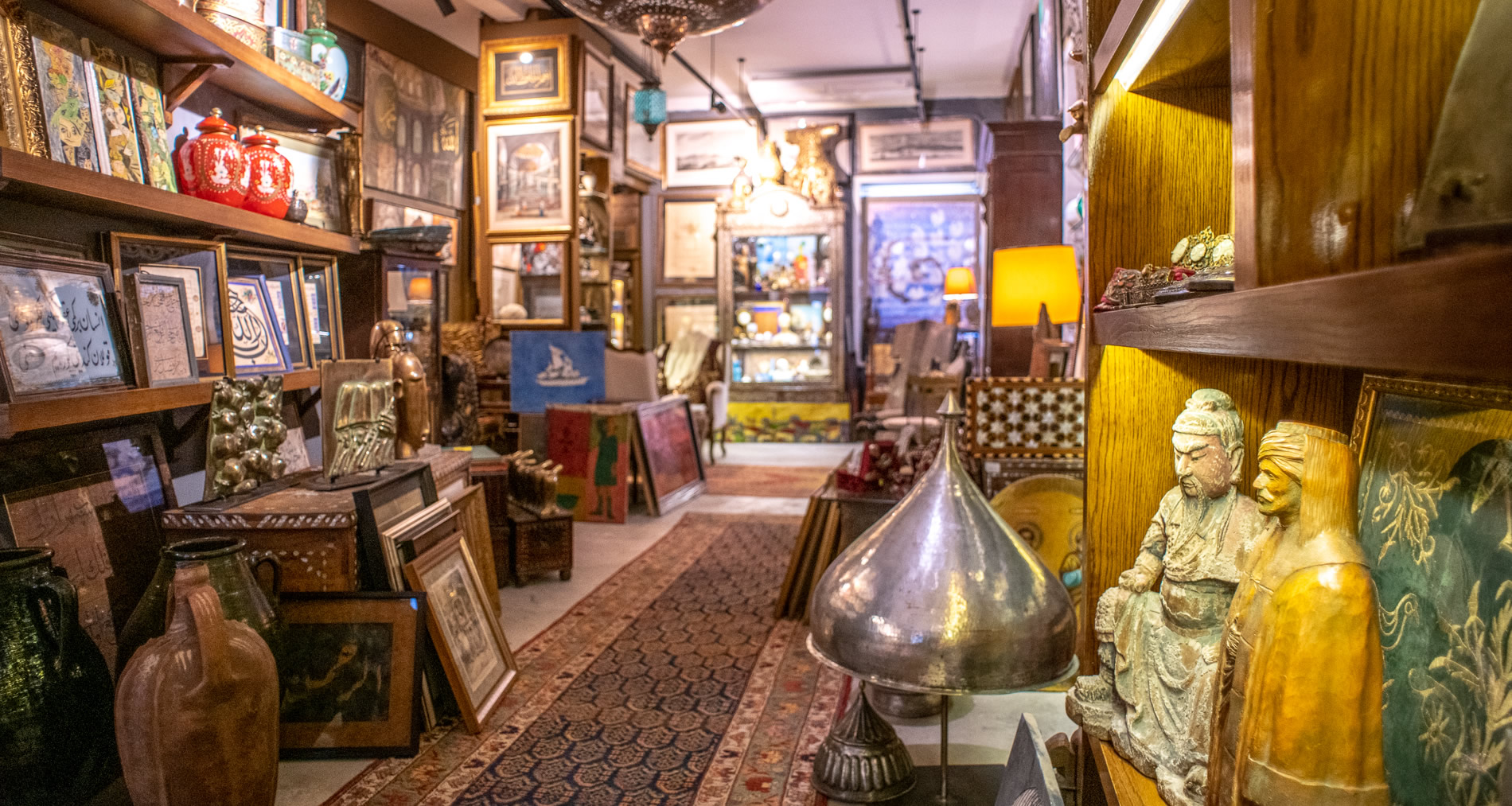Although our website offers “Turkish art and antiques”, these terms are our modern (and somewhat generalized) way of referring to art forms that can be separately identified, or broken down into more specific groupings. These groupings are not just the most obvious ones, such as the categories we have chosen to display on our main page (ceramics, engravings, miniatures), but on a more scholarly level, each of these categories have their own sub classes.
Above all else, it is important to note that traditional Turkish art has been closely related to Islamic art; and naturally so because for a long time, Turkish (Ottoman) influences blanketed a large portion of the “known” world. Indeed, as the Ottoman Empire grew in size and strength, the art culture of its rulers spread with it, affecting lands and peoples from the edges of Europe across to Asia and down to Africa.
But even before the time of the Ottoman Empire, there were Turks (and their art and cultural forms), and so it becomes important to distinguish just what is meant by “Turkish”.
The Turks migrated from central Asia right up to the borders of the Byzantine Empire and into the land now known as Turkey, settling in Asia Minor during the 10th century. By the 12th century, they were in clear control of Anatolia. There were several Seljuk groups in the area, but for about 2 centuries, their power was firm, clear, and as a result, their art and culture was influential. Their art and culture were of the East, from where they originally came, but clearly different from other arts and cultures of the East (not Persian, or Indian, for example). As they grew in power and established relations and trade with neighboring lands, their culture and art spread with them.
At the beginning of the 14th century, the Seljuk’s power and authority weakened and was replaced by another group of Turks, the Ottomans (descendants of the ruler Osman). Ottoman Turkish culture was of more or less the same roots as that of the Seljuks, but Ottoman rulers, particularly from the middle of the 16th century on, were great patrons of the arts. As their political influence over the lands under their control extended, so did their influence in the arts. And because they also spread their (Islamic) religious beliefs, the effects of the influence of their art were all the more obvious.




